Media | Articles
Why on earth is an IROC Camaro worth more than a C4 Corvette?
There’s a certain order of things in the car industry. Some brands and badges just sit higher up on the totem pole of price than others. A Lincoln is more expensive than a Ford, a Lexus more expensive than a Toyota, a 5 Series than a 3 Series, etc. Convention also dictates that a Corvette is supposed to be pricier than a Camaro.
That’s certainly the case when shopping for new cars in 2022, and it was the case in 2012, 2002, 1992 and way on back. If Chevrolet’s pony car is the working man’s whip, America’s sports car is what the owner of the company he works for drives. If the Camaro is attainable, the Corvette is aspirational. You get the idea.
So what?
When going over our quarterly updates to the Hagerty Price Guide recently, we realized the status quo has been upset for a certain Chevy performance pair, specifically from those mustachioed muscle years of the 1980s.
Not only is a Camaro IROC-Z (1985–90) worth more than the equivalent base C4 Corvette (1984–96), it’s worth a lot more. More than twice as much, actually, and this reversal of things predates both the recent boom in interest for all things ’80s cars and ’80s revival events like Radwood.
Marketplace
Buy and sell classics with confidence
We have a major market anomaly on our hands, then. The situation is sort of like booking a guided African safari for cheaper than a trip to the local zoo, or eating at a restaurant whose steak is cheaper than the burger. To try and understand this contradiction, we found a pair of these star-spangled mullet-mobiles—Sajeev Mehta’s 1985 Corvette and Kay Yasoni’s 1988 Camaro IROC-Z —for a back-to-back drive on a (finally) cool fall morning in Houston, Texas.
We wanted to find out if, perhaps, modern car collectors are on to something that wasn’t obvious to General Motors product planners in the 1980s.
That wouldn’t be unheard of. Some of the hottest cars on the market were, at one point, thought to be attainable or less. A Mini Cooper from the 1960s can easily be worth as much or more than some contemporary Rolls-Royces; a Mazda MX-5 Miata can easily bring more money than contemporary Cadillacs and Lincolns—and that kind of makes sense.
This sort of thing happens all the time in other markets. Vincent Van Gogh died a failure. Now his works are priceless.
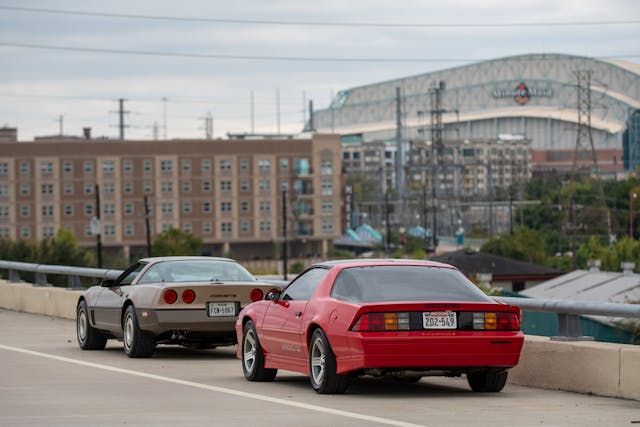
Debuting in 1982 and 1984, respectively, the third-gen Camaro and the fourth-gen Corvette were the right cars at the right time for General Motors. Both of their predecessors were long-in-the-tooth and near-caricatures of their former selves by the early ’80s. Thanks to computer-aided design, fuel injection and more sophisticated suspension, the General finally pulled these American sports cars out of the malaise era.
“We needed to get the Corvette back to the performance level of 1970,” said Dave McLellan, the Corvette’s chief engineer during the C4 years. Chevy mostly pulled it off, with Car and Driver calling the first all-new Corvette in 20 years “a true-born, world-class sports car loaded with technical sophistication.”
The Camaro, meanwhile, was another breath of fresh air that brought a completely new look to Chevy’s pony car, leading Motor Trend to award it Car of the Year honors for 1982.
The Z28 was the speediest Camaro upon the third gen’s debut in 1982, but from 1985 to ’90 the top dog in the lineup was the IROC-Z Sport Equipment package, often shortened by funny-haired gearheads everywhere to simply “IROC.”
The $659 option took its name from the International Race of Champions, a race series pitting the stars of NASCAR, Indy, and sports car racing against each other in identical Chevy Camaros.
The actual IROC race cars weren’t much more than Camaro-shaped shells on top of a NASCAR tube chassis. But, like any good car company, Chevrolet was never one to miss a marketing opportunity and slapped IROC decals and a body kit on its latest flagship Camaro. Uprated suspension, bigger sway bars, upgraded wheels and tires, fog lights, and a choice of V-8 engines came with the stickers.
For the second half of the 1980s, the IROC was the Camaro to have, with the most power and, of course, the most flash.
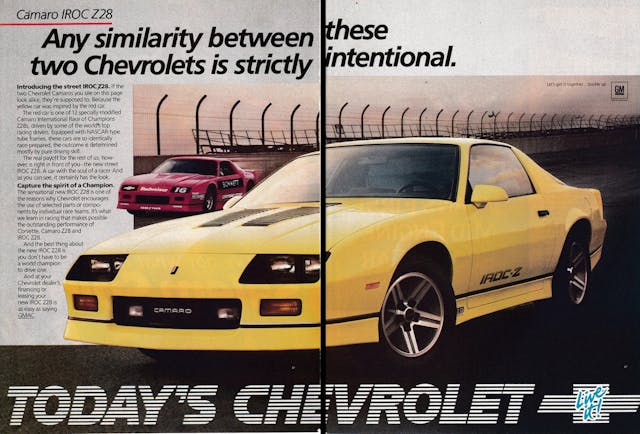
For 1988, Chevrolet slimmed down the Camaro lineup by dropping the LT and Z28 models, leaving only the base coupe and the IROC-Z. Although a taller final drive was paired with the 350 engine, its output kept rising, up to 245 horses for 1990. The International Race of Champions series began using Dodge Daytonas in the ’90 season, so Chevy dropped the IROC-Z package in 1991, reinstating the Z28 as the range-topper.
Owner Kay Yasoni’s IROC is a bone-stock, Bright Red ’88 model with the desirable L98 350 and T-tops, and it has gotten the kind of restoration work normally seen on older, more valuable pony cars. Maybe it’s the color, or maybe it’s because I haven’t seen such a clean third-gen Camaro in 20 years, but this car looks fantastic, even next to the Corvette that was supposed to be the premium offering. Its wedgey angles have aged well.
The inside is straightforward ’80s GM (plastic, lots of plastic) with gray cloth seats and right angles everywhere with square vents, stereo, and switchgear. The only things that are round, other than the leather-wrapped steering wheel, are the simple gauges—speedo on the left, tach on the right, and auxiliary readouts in the middle. It’s more restrained than one might expect for a decal-laden performance car named after a race series, but it is functional.

Easy-to-remove glass T-tops offer a clear view of the sky above, and aside from a hint of red fenders and hood vents, there’s a panoramic view of the road ahead as well. I may have forgotten my Whitesnake cassette, but it turns out I didn’t need it—driving this IROC turns back the clock plenty.
As a performance car, the IROC both then and now leaves something to be desired. As a time machine, though, it’s hard to beat. It’s a fun car that people fall in love with it because it brings back memories and feels very of-its-era.

The crisp body produced 24 percent less drag than the C3, the rear hatch offered more space for luggage, and the clamshell hood offered more room to service the engine. A “uniframe” chassis combined a traditional rail frame with separate frames for the windshield and B-pillar. A removable targa roof bolted in between the A- and B-pillars.
Front A-arms and spindles were computer-designed and for the first time and made from forged aluminum, while the compact multilink rear suspension sported a transverse fiberglass leaf spring. An all-digital instrument cluster gave off Tron vibes in a time when most cars had only recently gotten an itty-bitty digital clock.
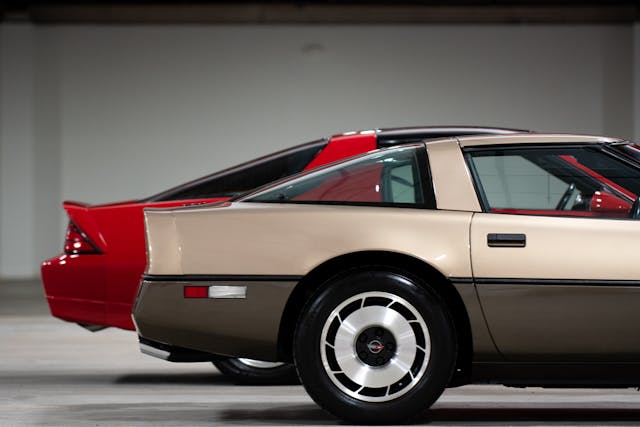
Despite that, initial reviews complained of the new Vette’s jarring ride as well as incessant creaking and rattling from the plasticky cabin. GM improved the ’85 Corvette’s ride with softer spring rates, while the 350 cubic-inch, 230-hp L98 engine debuted under the hood. The workhorse L98 would power the base Corvette until it was replaced by the 300-hp LT1 in 1992. Transmissions were still either automatic or, from 1984-88, a “4+3” manual built by Doug Nash that was essentially a traditional four-speed with overdrive on the top three gears.
And even though the IROC has a racy name, the Corvette wouldn’t be America’s sports car without some motorsports history of its own to back up those crossed flags on the hood.
In SCCA Showroom Stock GT racing, C4s swept the Playboy and then Escort Endurance Championship from 1985–87, and there was nothing the Porsche 944 Turbos could do to stop them. So dominant were the Corvettes that they were booted into the single-marque Corvette Challenge series.
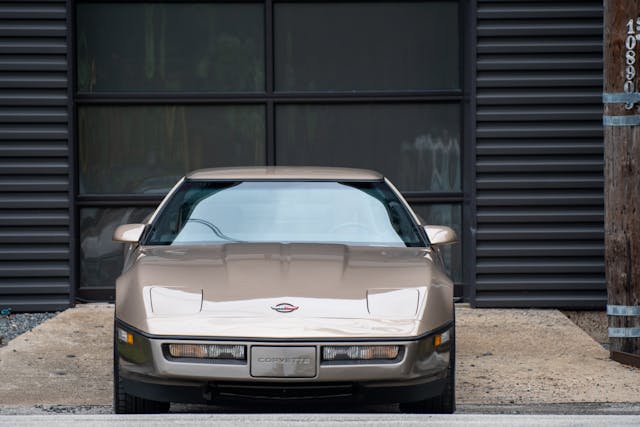
The enormous door sills make getting in and out of a C4 a challenge for anyone, least of all for the 50-somethings who typically buy Corvettes. They say you shouldn’t wear a skirt when driving one of these cars, but it’s awkward no matter what you’re wearing.
If the Camaro’s interior is a cabin, the C4’s is a cockpit. A slightly cramped one that nestles you in between the aforementioned sill and an equally tall transmission tunnel, the green and orange glow of that arcade-game instrument cluster greeting you from behind the two-spoke steering wheel.
If squeaks and rattles were standard factory equipment on the C4, as the old joke goes, they left them out when building this one. It was no noisier than the Camaro. We didn’t take the roof off, though, which in a C4 allows the body to flex and creak through corners and over bumps.
Even with the roof on, a C4 lumbers and rolls through corners more than one might expect, feeling planted but certainly not light on its feet. Step on the go-pedal, though, and the car livens up, feeling as though its 230-horse, 330 lb-ft torque ratings are delivering more than what the digital speedometer is reading (a hybrid-analog-digital dash arrived in 1990; dim or failing gauges are common on the earlier cars).
These two bowties weigh within a hundred pounds of each other and share the L98 engine, but the Corvette feels considerably quicker.
When the ’80s kitsch falls away, you’re left with a more purposeful sports car than the contemporary Camaro. The Corvette is lower, quicker, more exciting. It’s a more entertaining experience behind the wheel whether you’re driving it or sitting in traffic. Even the interior’s gimmicks and eccentricities lend a sense of occasion missing in the IROC’s sea of plastic.
Of course, this is as it should be. The Corvette was then, as now, GM’s performance flagship and cost more than even a loaded IROC when new (an IROC could get to $20K with options, but the ’85 Corvette started at $24K).
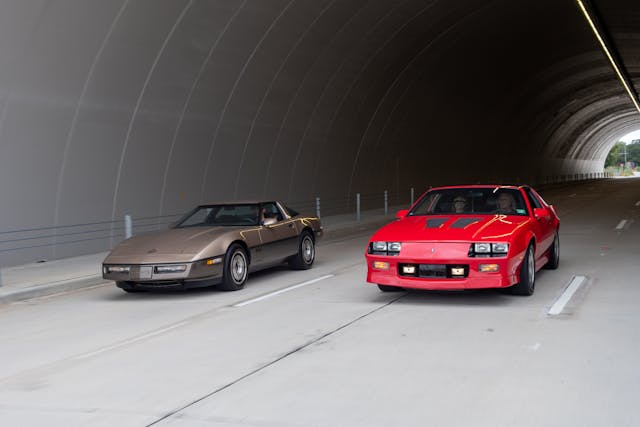
Why are low-mile IROCs storming through Bring a Trailer for prices over $40,000 and even $60,000 while base C4s in similar condition are lucky to sell in the 20s?
There isn’t one big answer, but there may be a few smaller ones. One is the rarity of good-condition IROCs. Chevrolet sold third-gen Camaros by the lot, but IROCs were expensive. Kay’s red coupe is one of 24,050 IROC-Zs sold in 1988, but only about half of that number came with the big engine.
Also, many IROCs lived hard, well-used lives, and as they aged they were frequently left to the elements. Meanwhile, Sajeev’s C4 is one of nearly 40,000 Corvettes sold for ’85, and if the typical IROC buyer was out looking for a stop light drag, the Corvette owner was a middle-aged family man who only drove it on the weekends. As such, the C4 survival rate is higher, the typical mileage lower.
There’s also the fact that while the IROC-Z is top dog among third-gen Camaros, an early C4 has to look at the taillights of Callaways, ZR-1s, Grand Sports, and even later base cars. Mehta’s bronze beauty is a very nice car, but it’s no “King of the Hill” ZR-1 (although even ZR-1s remain relatively affordable).
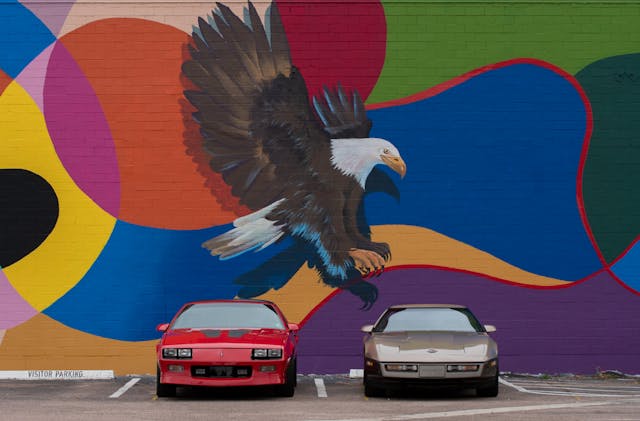
Meanwhile, Gen Xers apparently go gaga for third-gen Camaros. Although Gen Xers make up 32 percent of the market as a whole, they own about half of the IROCs insured with Hagerty. IROC values started to soar in 2014, about when this generation of enthusiasts entered their high-earning, mid-life, fun-car-buying years. That’s probably not a coincidence.
Last but not least, there are impossible-to quantify matters of perspective. Even with the old jokes about mullet-wearing owners, these Camaros really play to nostalgia—a powerful force in any collector market. For those of a certain age, the IROC was the attainable car they dreamed of—the car the coolest kid in your high school might have driven. The C4 Corvette, rightly or wrongly, may be remembered as something your buddy’s dad drove, probably while wearing New Balances and high socks.
Even the C4’s technological advancements might work against it in the minds of collectors. It hails from an era when General Motors squandered a fortune on technical solutions, from paint-shop robots that wound up spraying each other to plastic-bodied compact cars that couldn’t match the refinement of contemporary Hondas. It’s also sort of stuck in a middle ground where it’s too new and electronic to really be considered a “classic” in the sense of a C3, but at the same time it lives in the shadow of the much faster (and today not much pricier) C5.
I still don’t get it, though. The massive gulf in value between these cars that used to share showroom space is just too big to make sense, and if one is undervalued, maybe the other is overvalued. Either way, it’s yet another case of why the car hobby is not always a rational one.
Check out the Hagerty Media homepage so you don’t miss a single story, or better yet, bookmark it.









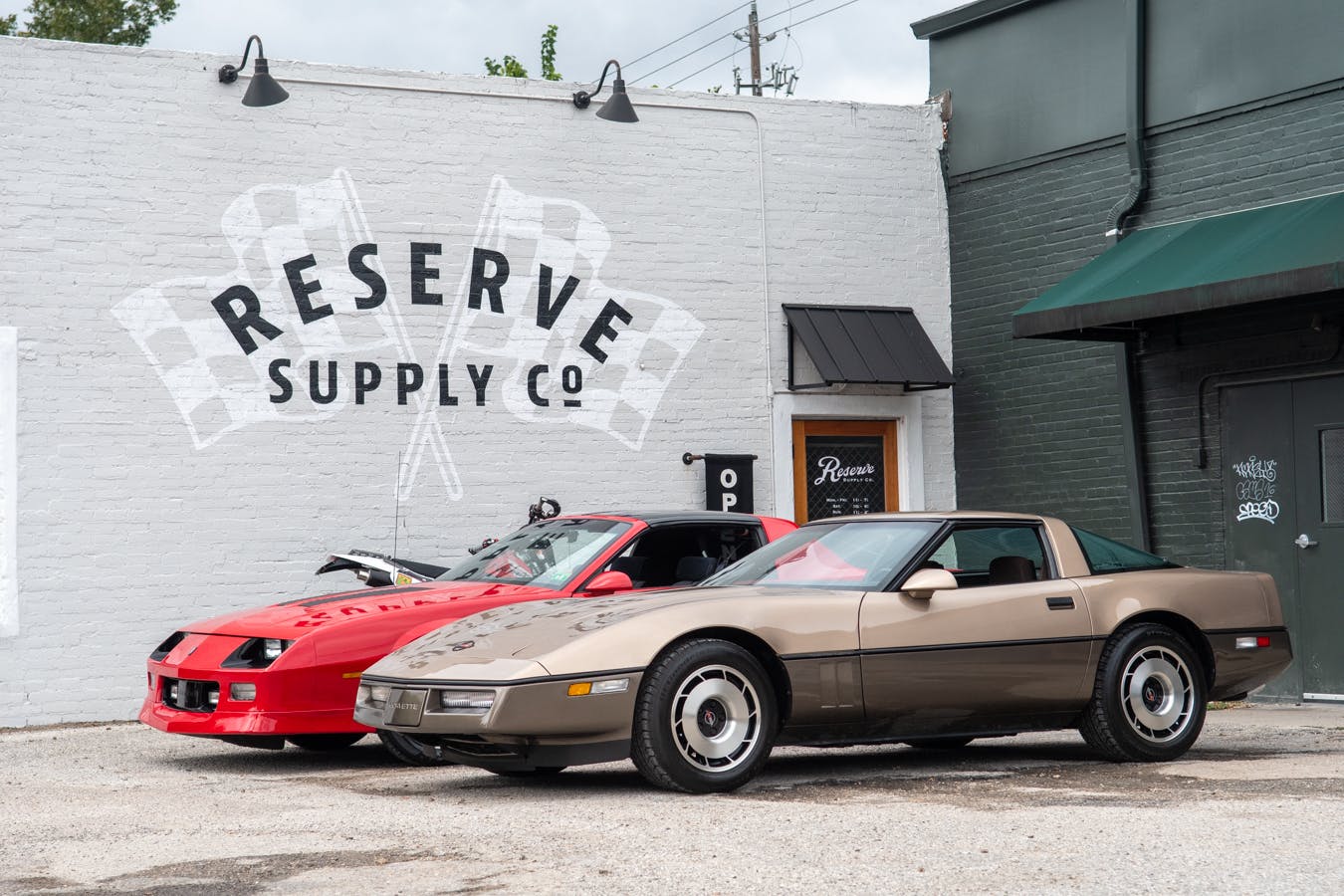
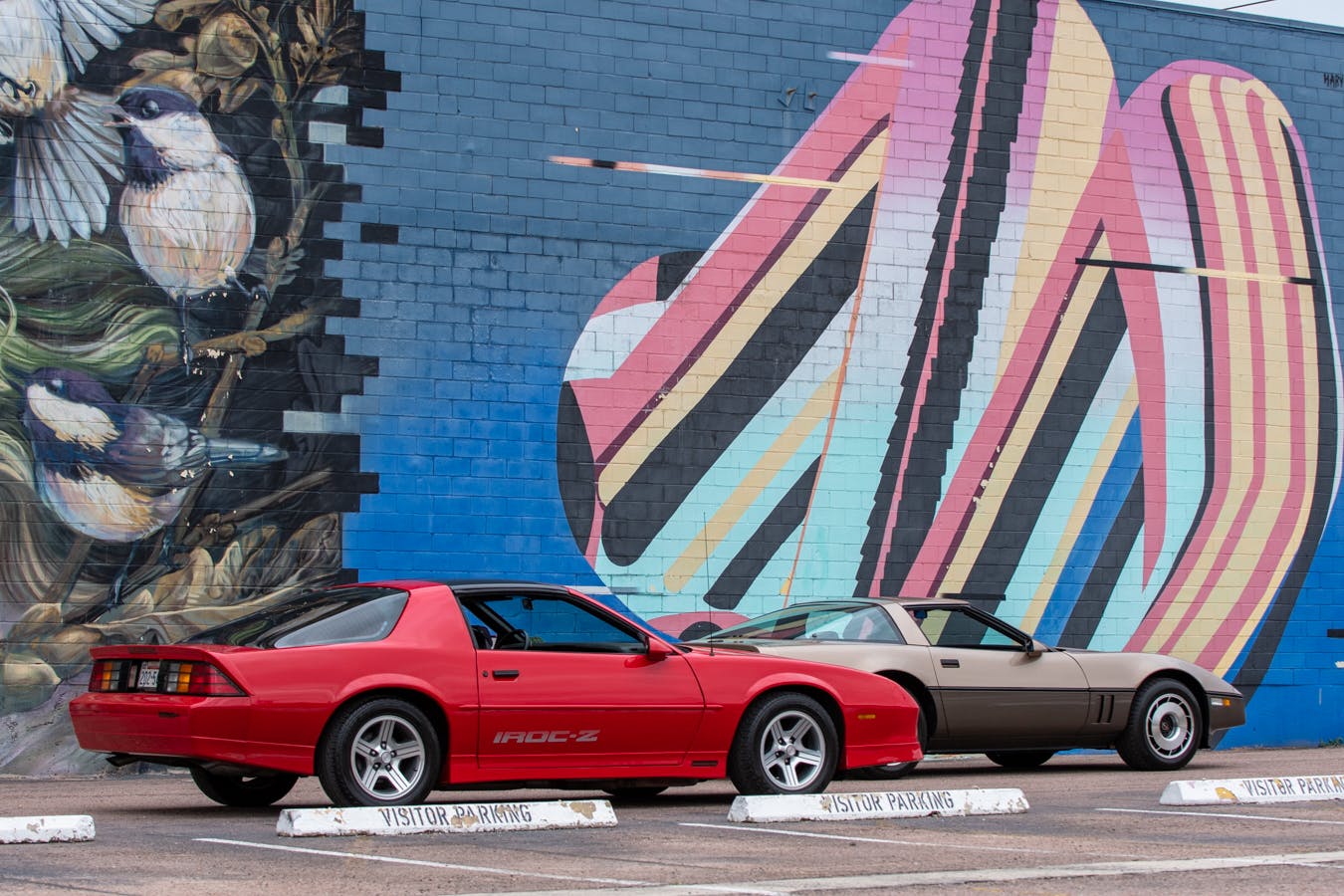

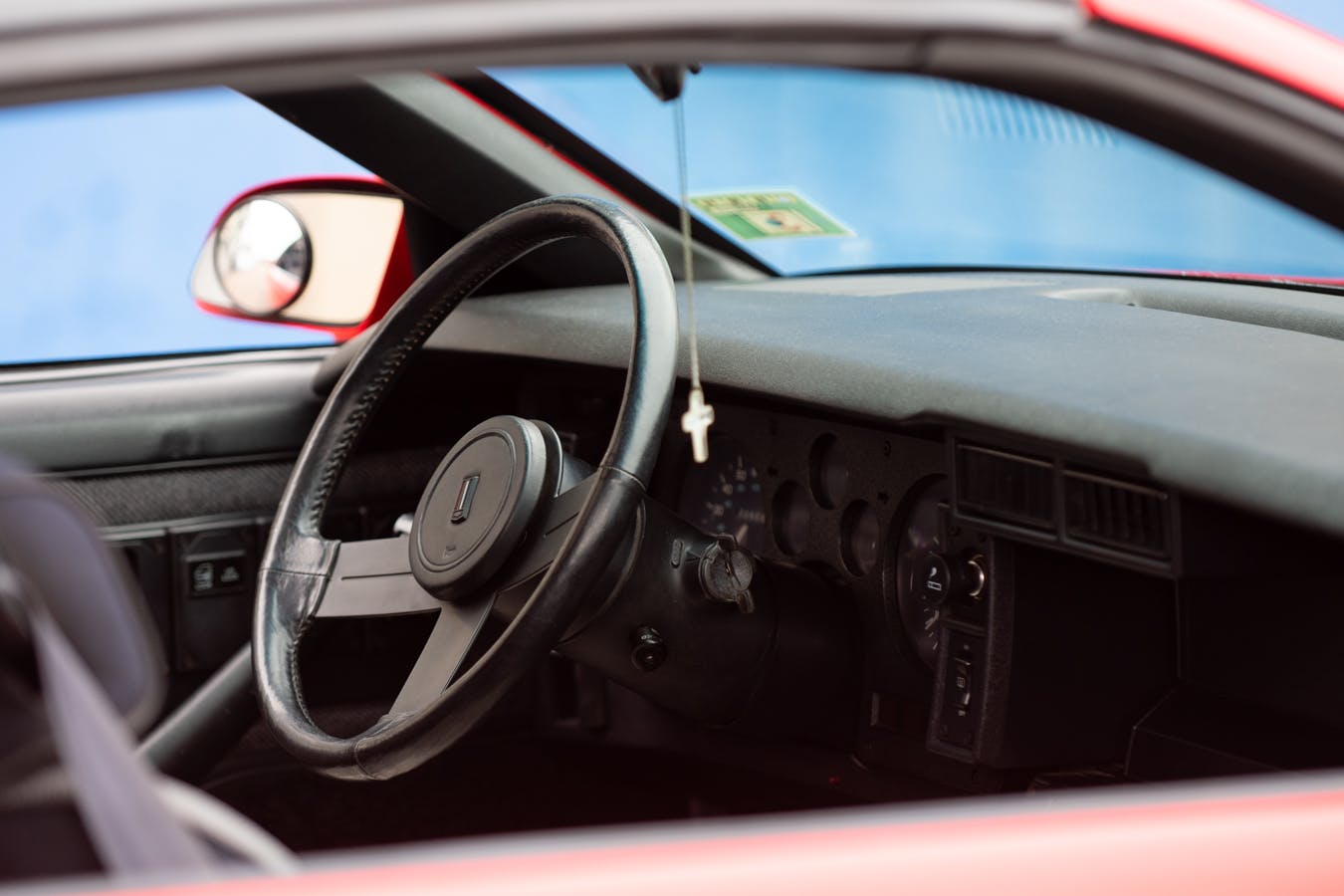
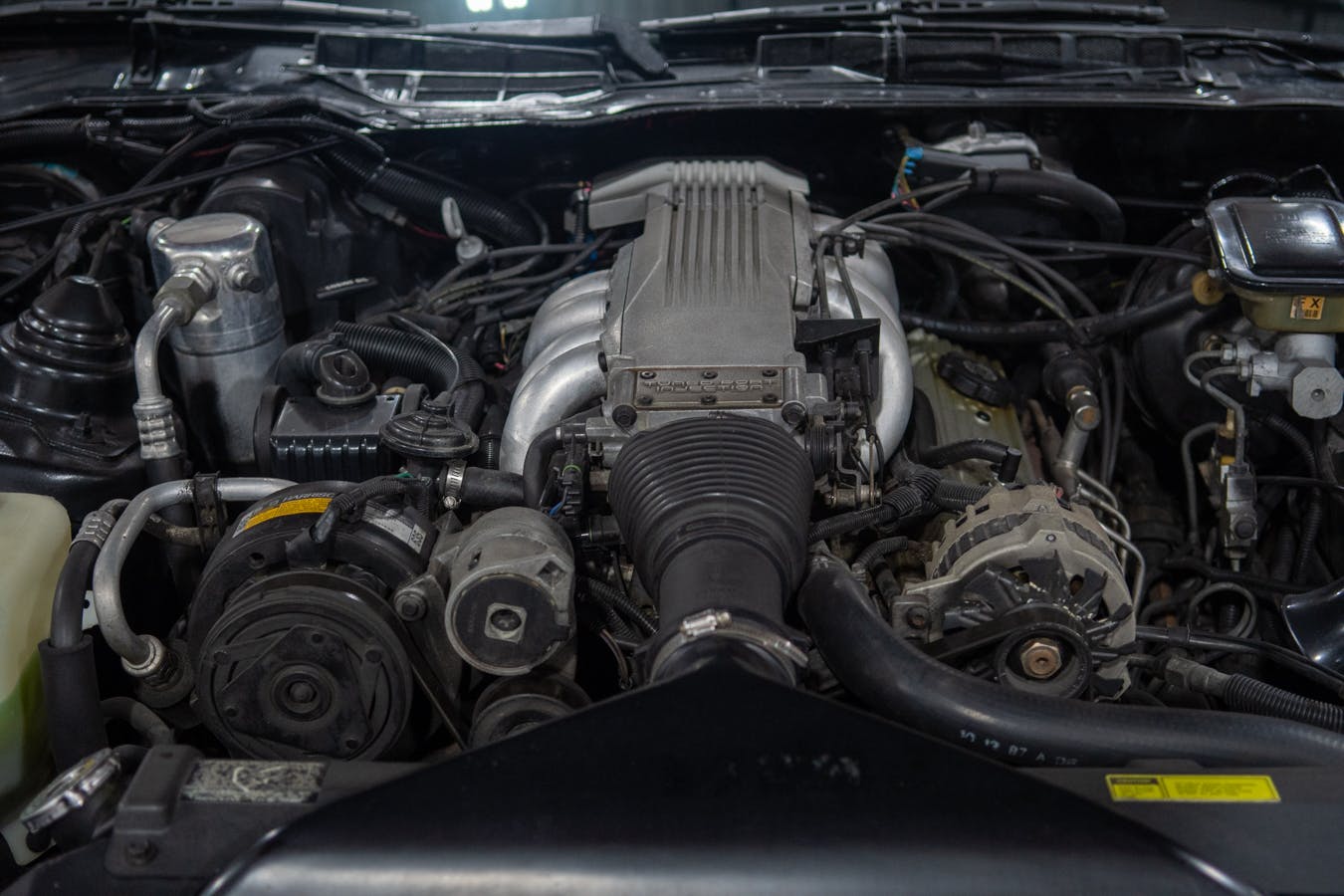
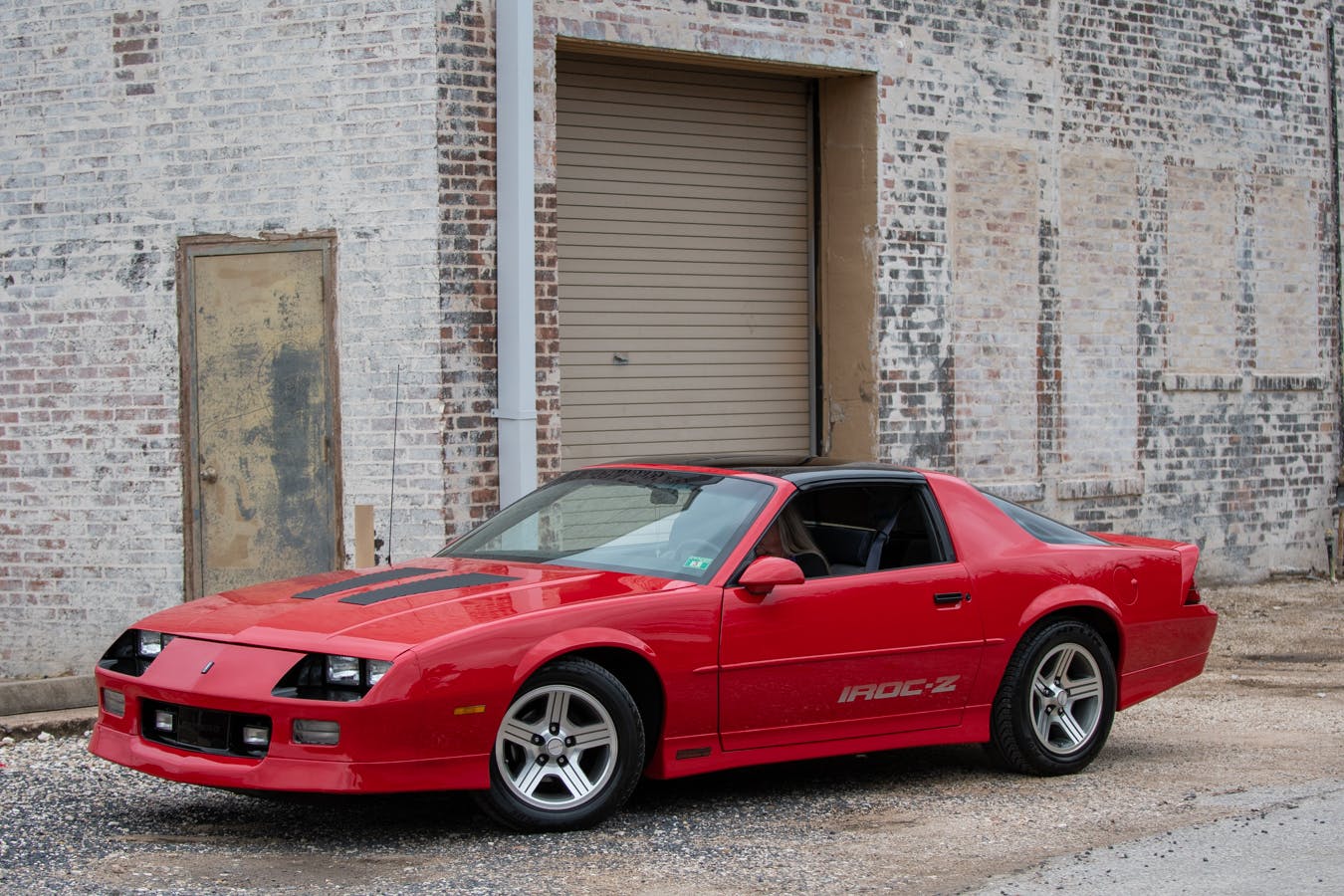
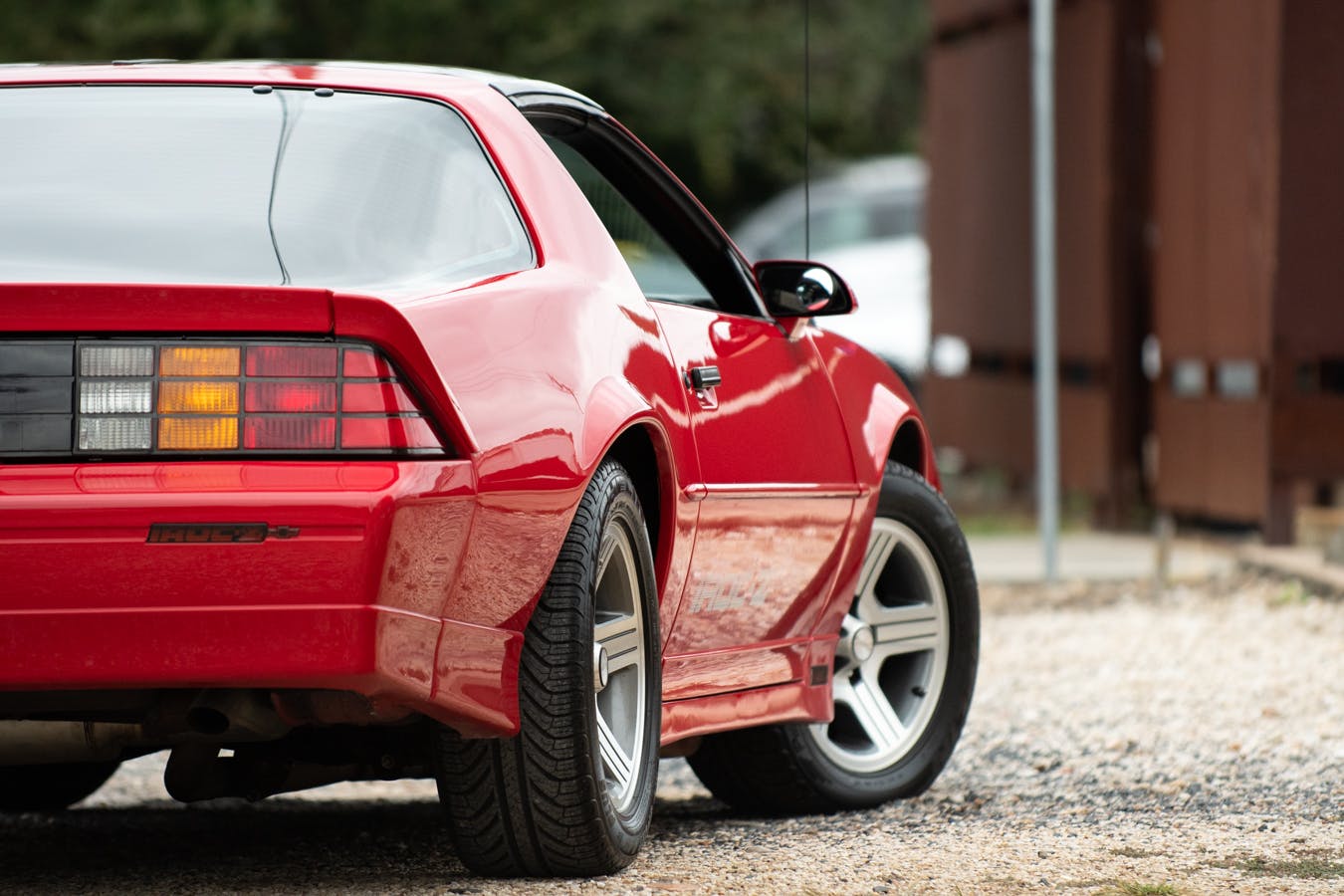


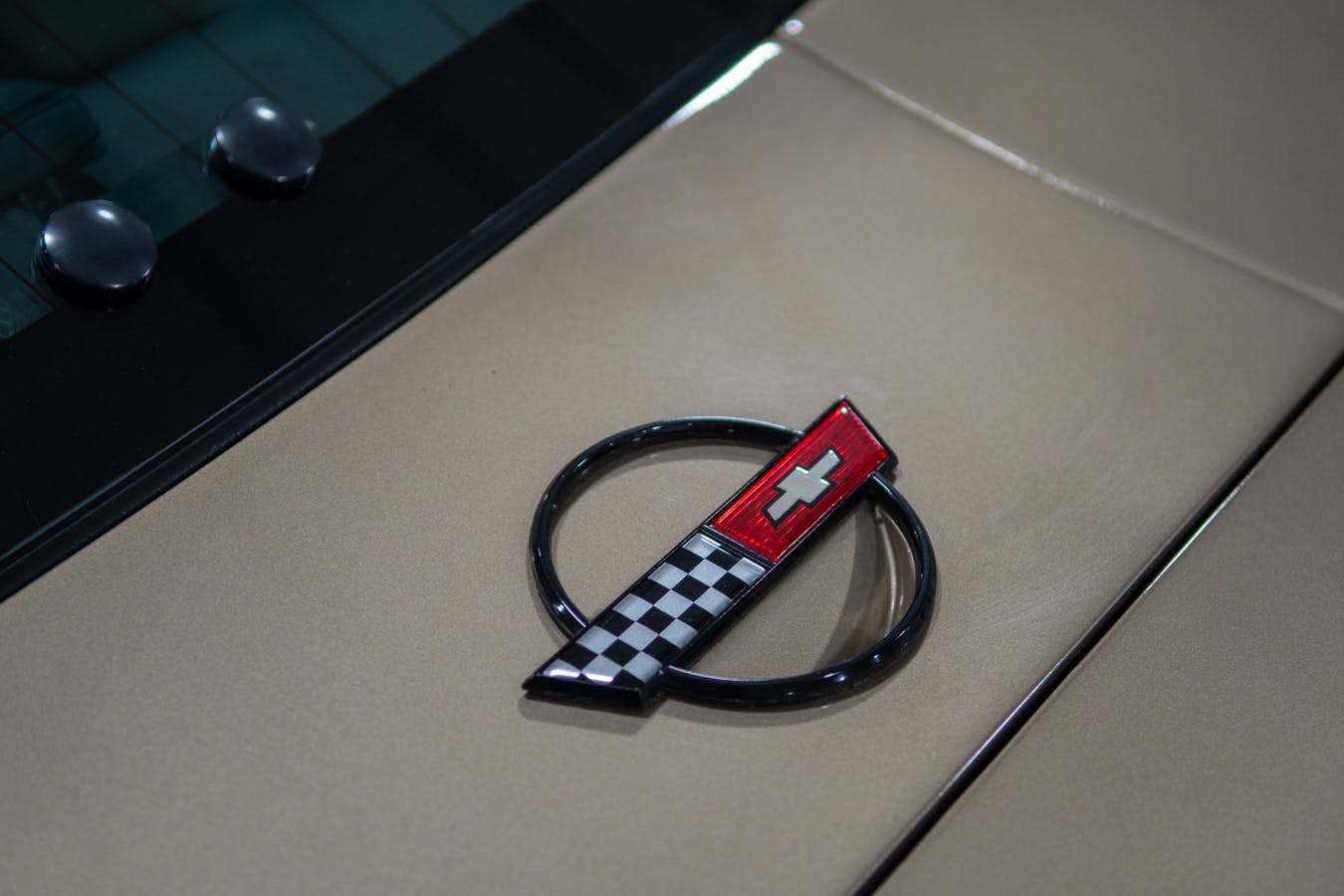
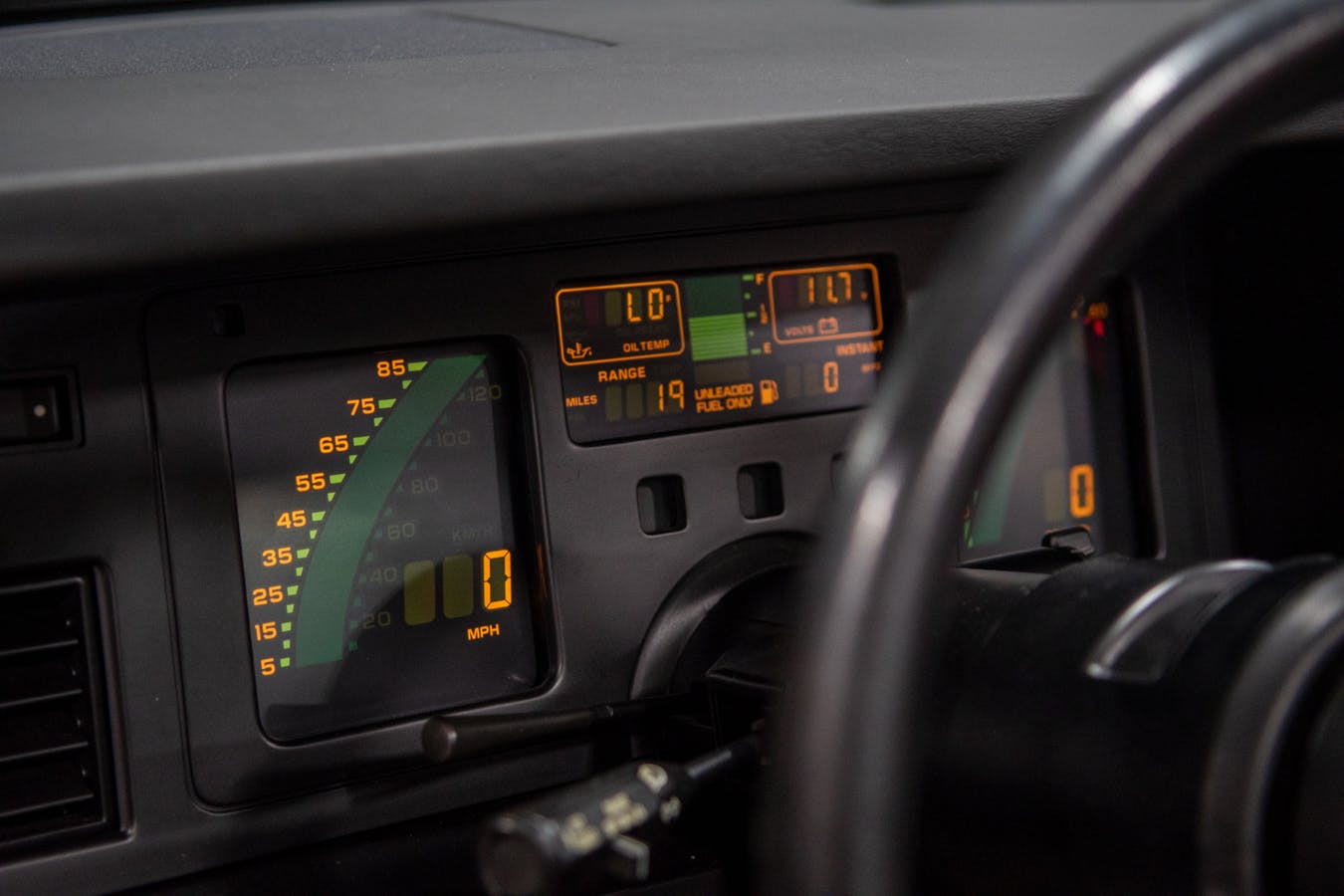
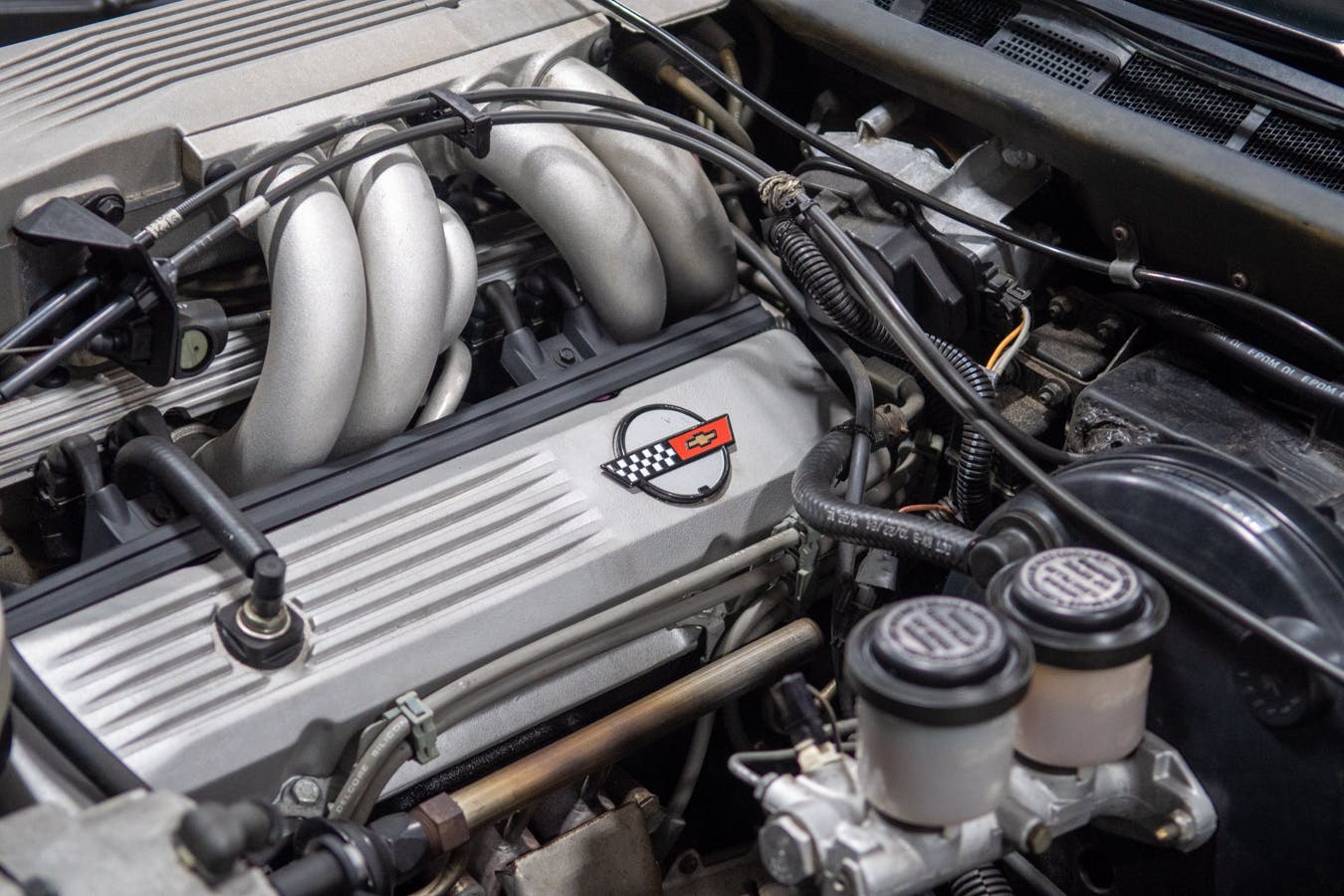
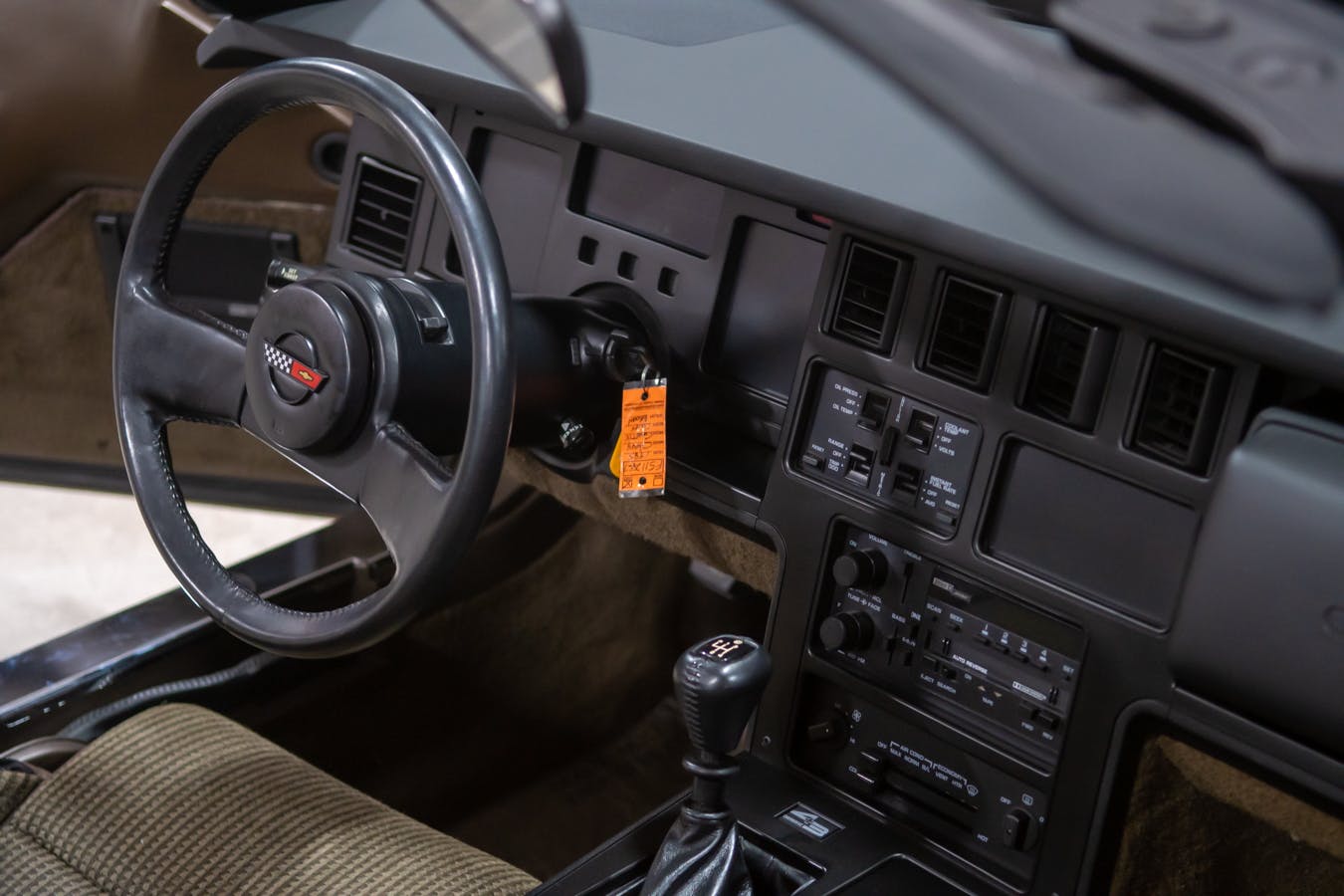
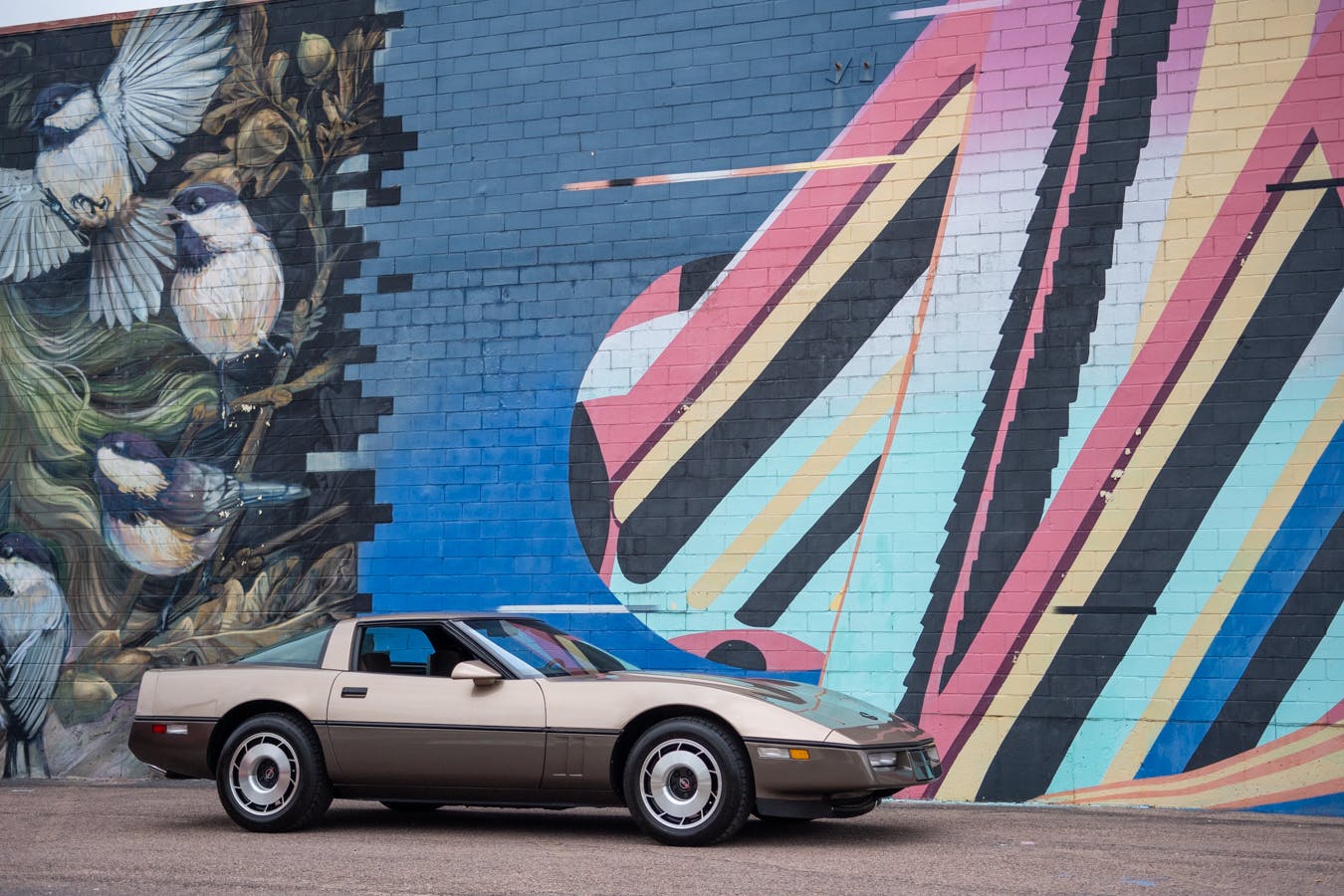
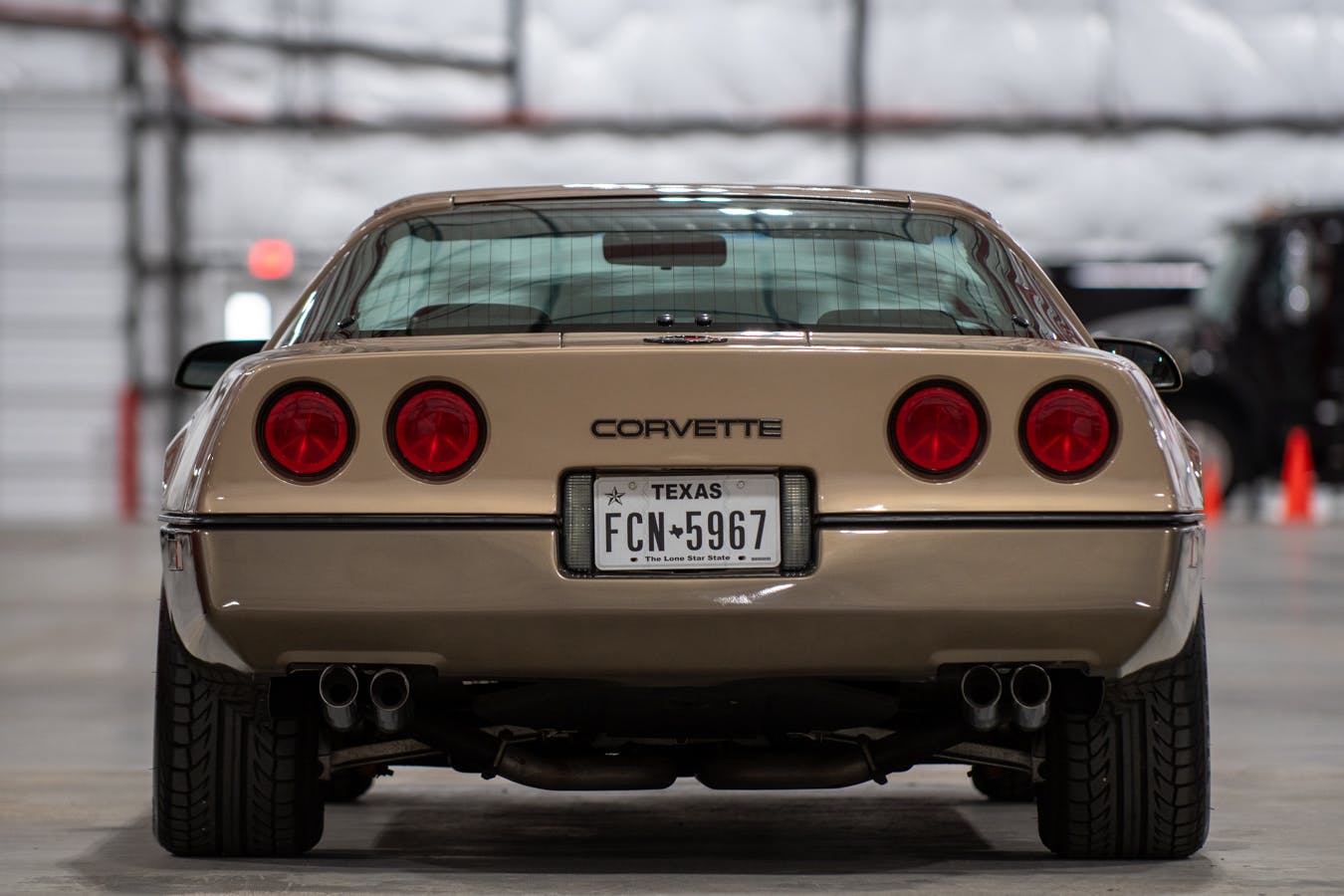
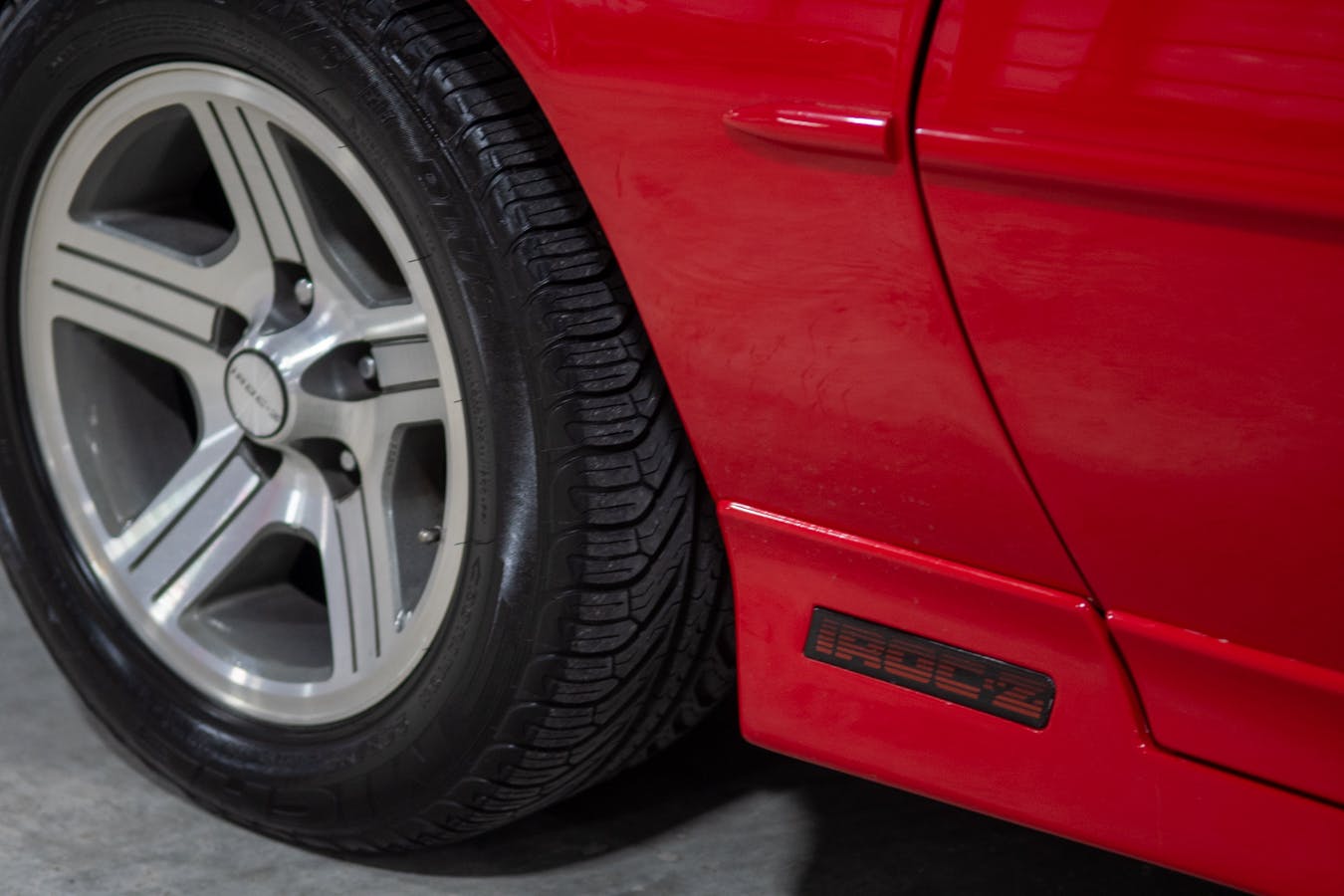
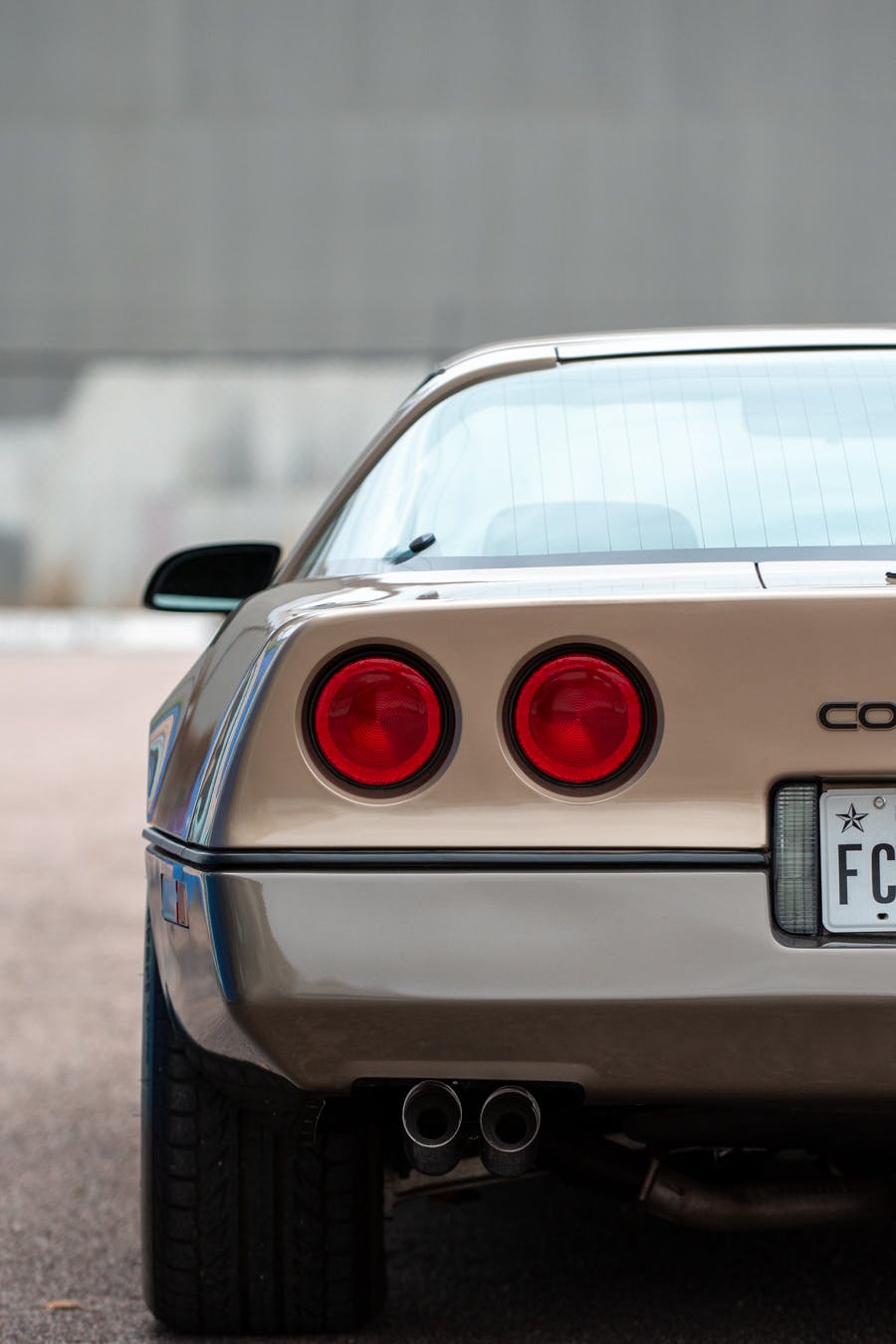
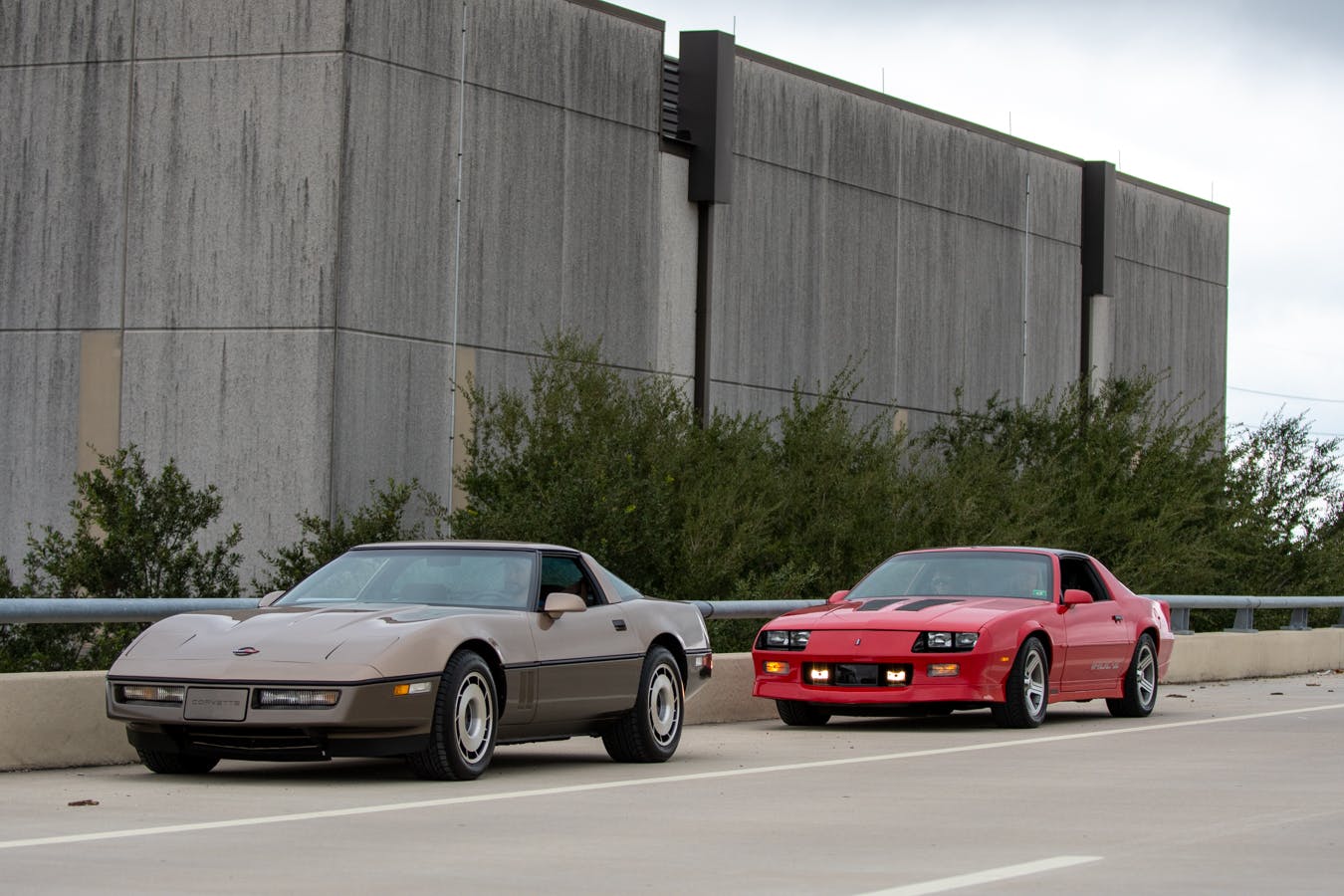
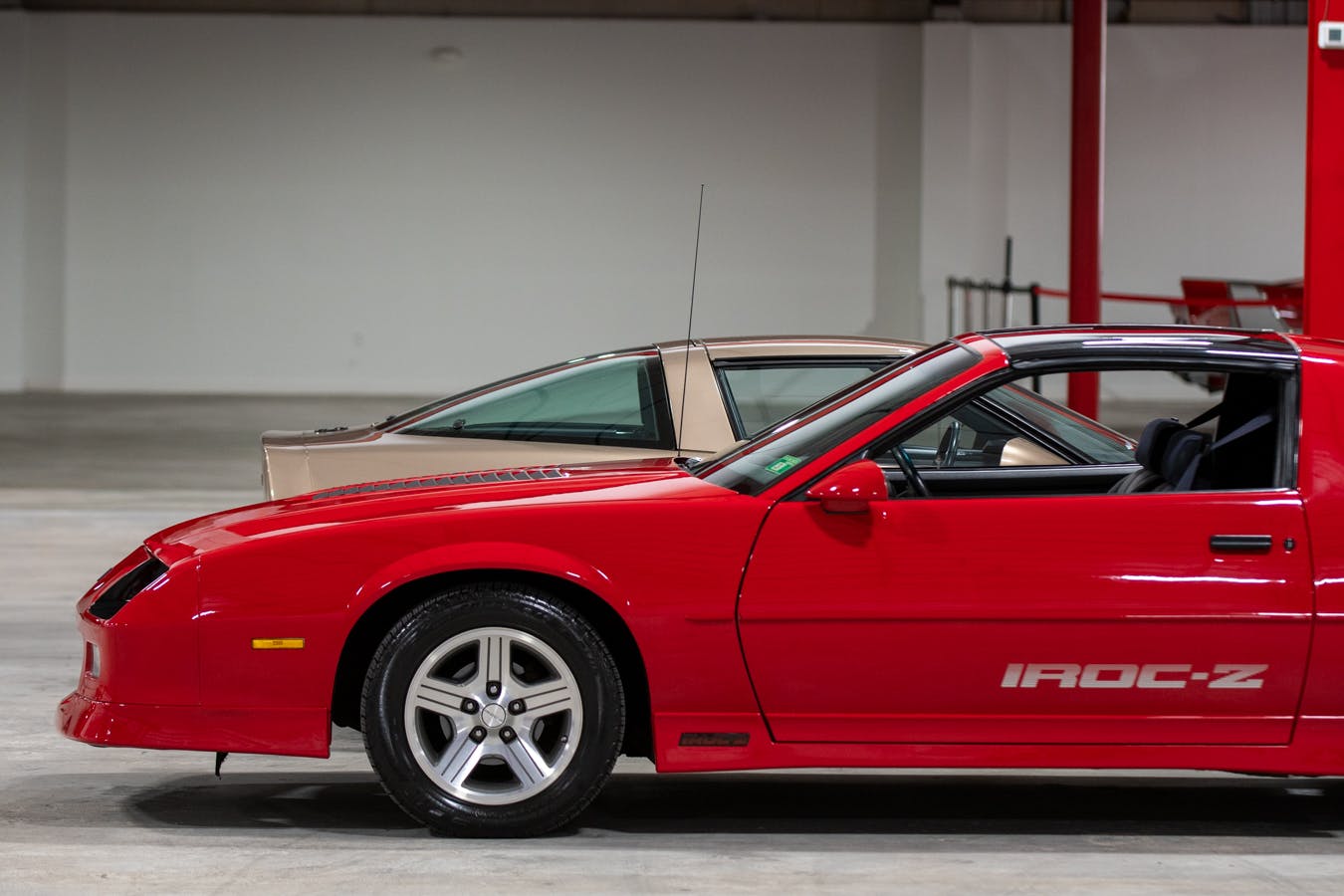
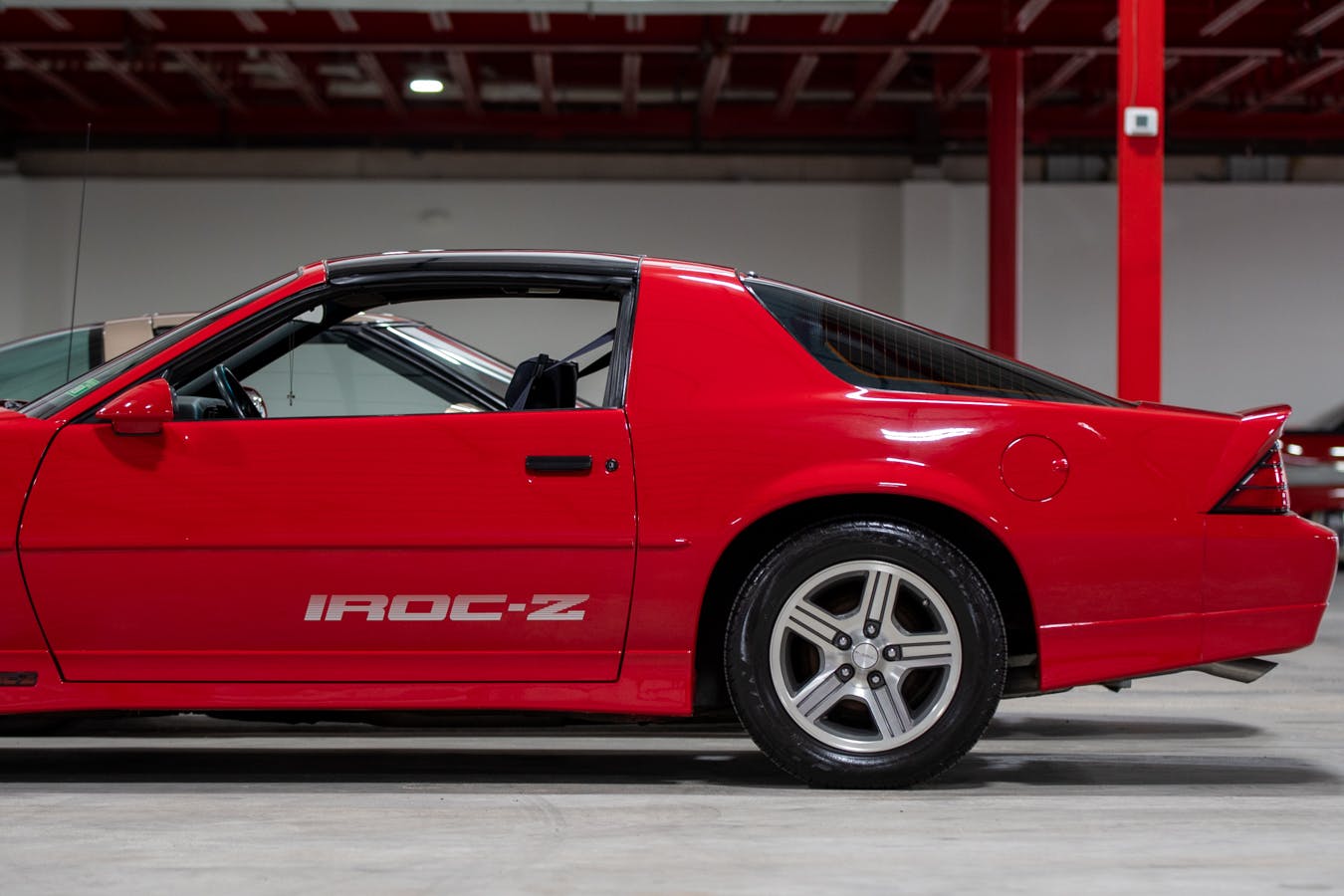























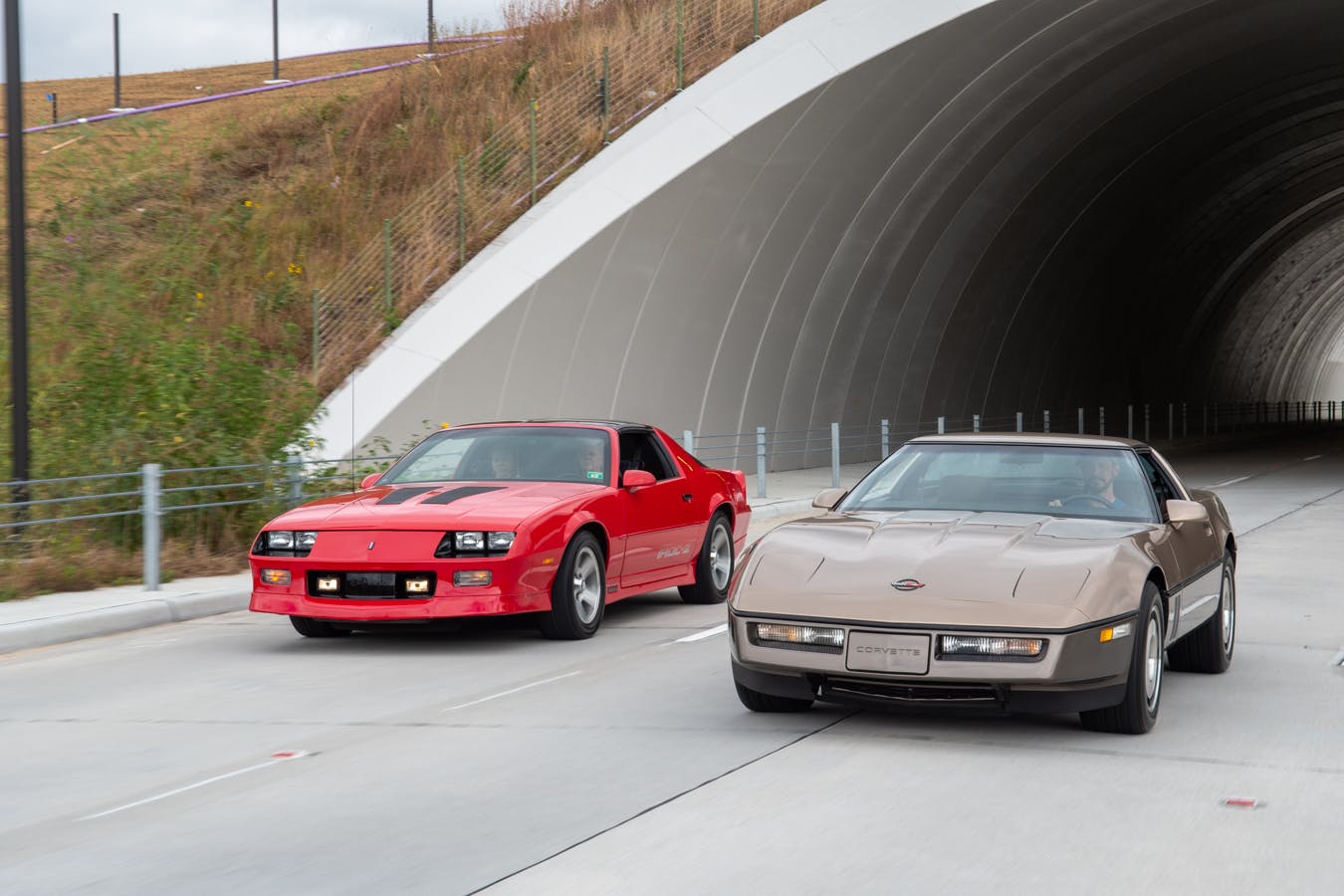
Just want to commend you for an excellent article. I love both cars, but I agree it’s peculiar how the, for all intents and purposes, superior car is so much less valuable. I think it’s largely supply and demand. Also, I think theres a niche love for IROCs. Nice ones are uncommon, but base C4s were pumped out like crazy and largely taken care of. Me? I’d take a C4 for sure (had one before, ridden in plenty gen 3 Camaros). Higher odds of good condition, and to me it best suits the optimism of the 80s. Some mild mods and can be a respectable performance car even today. Plus, bang for the buck.
My friend and I were Trans-Am and 5.0 Mustang fans. He called the IROC Z an Initially Responsive Overweight Camaro.
I loved them all, but was partial to my 1986 5.0 5spd Capri and my 1988 LX5.0 5spd.
As a fan of third gen Camaro’s and the proud owner of a highly original, low mileage, fully-loaded ‘92 Corvette Z07 Coupe, I’d say that you nailed it. One’s over-valued and one’s under-valued. The Camaro does everything nicely; the Corvette just does it one better. But the Camaro was what everyone had when they were young whereas the C4 Corvette – despite being lauded in its day for its’ technical advances – is the Corvette that everyone seems to love to hate (despite the fact that they made over 358,000 of them during its’ 13 year run). Too new to be considered “classic”, and too old to be considered “the next great thing”, C4’s wallow near the bottom of the collector car market. I don’t care. I love mine and I’m keeping it forever. It always puts a grin on my face and I can still work on it myself. To me, C4’s – especially the ‘92’s – ‘96’s – represent THE BEST performance buy in the collector car market.
They’re both cheap, at least compared to any old rusty Mopar. By the way, if it’s a challenge for you to get out of any car, that’s a sign you need to exercise. Try getting in out until you can do it a hundred times in a row as it’s not a challenge for everyone. It’s not the car, it’s you.
In looking though classified ads, it seems Fox body Mustangs sell for more than C4 Corvettes. Crazy! Well cared for C4’s are a retaliative bargain.
Ahh, so this is really a question of the sensibilities (or lack thereof) of Gen-X’er’s. Makes more sense now. A fool and his money….
Notice the IROCs are still worth more than the Vettes, so who is the fool again?
A great deal right now is the 95 ZR1. They’ve never come up in price and we’re really nice cars. A friend bought one brand new in 95 for $70k( window sticker) and it’s never risen much over the $25K mark even with low miles and great care. Maybe they will one day. 400 hp is 400 hp.
1995 has 405 hp. If you see a 1995 ZR-1 for $25,000, please contact me immediately.
I had to google what the “4+3” transmission was. A “four speed with od on the top three gears made it sound like 1st was 1:1. Instead, it’s a baggy od unit bolted to the back of the transmission — just like on my 1966 MGB! Not so innovative.
Sorta like the old “Hone-a-Drive” OD units that were sold for 3/4 ton pickups & motor homes.
I recently purchased a low-mileage 94 C-4 at a Mecum auction. I probably paid too much for it, but the car is near perfect and after a checkup that only revealed that I needed to rebuild the headlight motors ($18 each for the rebuild kit), I wouldn’t hesitate to drive it anywhere. The car obviously spent its life garaged and covered. Not a speck of rust or rubber-bit deterioration at all. What was really high-tech then looks disco-dated now, the car is fun to drive and while it might not earn me a great return on investment, I don’t think it will lose money. It’s a heavy-driving beast, noisy, rattles and squeaks, but the motor sound is awesome. The description of “fall-in/climb out” is apt – I tore my meniscus twisting my knee getting in it. I think my C-4 is a reasonable first collector car. It might even be worth more than I paid for it at some future date.
Both cars are awful. Neither is worth more than $2500
I’ve had a C2, C3, C4 and C5 corvette. I always thought the C4 was the best driving one. C2 was pretty but a bit crude with the 4 speed Muncie. the C3 was often hot from engine heat coming through the firewall. the C5 just seemed bloated (to me at least). But the C4 was comfortable and sort of hugged you once you got in it. But getting in and out of it was a challenge, hence the reason most of the driver seat bolsters were ruined by people using them for support to climb out.
The C5 (had one) was far and away more structurally- and torsionally-rigid. Removable roof or not. I drove mine as a daily for 2.5 years, managed 28mpg on the highway, no shudder or shake, I only wished for a manual but the auto was what I ended up with. Plus it had the LS-1 motor. No comparison compared to the older stuff.
….sure right about difficulty getting in one (Corvette)….my almost 70 year old brother has a beautiful triple black convertible with manual shift in mint condition that he’ll part with just for that reason..pretty low mileage too…he’ll most likely let it go for as low as 13k…it’s a southern Clarksville Tennessee car…where are ya ever get that performance and looks for such a low price ?
You can’t! For that much money, as in “base Toyota slug money,” just treat it well and enjoy.
I’m 70 and have no problem getting into or out of my 1995 Coupe. How can I contact your brother? My wife needs a 6-speed, triple black, convertible.
Back in the eighties, I had an ’84 Z28 but I loved the Vette. Upon graduation from university, I wanted to trade up and purchased a new ’88 IROC-Z convertible. I still lusted after the Vette, but the price differential was just too much. So, you may have a good point. The Vette was somewhat unattainable for a younger person and may have ended up more in the hands of guys born in the 1950s. I did end up purchasing that Vette I always wanted a couple of years ago. A low mileage black on black ’90 ZR1. But I would still love to go back and have that IROC-Z back in my garage. I keep looking and yes, prices have risen dramatically. But this anomaly seems to apply to more than just the IROC-Z as there a few other cars I would love to get my hands on. But compared to the C4, their prices seem somewhat high. The mid-eighties Monte Carlo SS or a Buick GNX come to mind. One can get a really clean, low mileage C4 for a less money than either of these NASCAR inspired beauties.
Nice write up about the Camaro, very enjoyable read, but maybe I am wrong, but I think the mid to late 80’s Firebirds. We’re very nice also, maybe not as much hype as the Camaro, but with the right options, they are great, mine only has a 305 fuel injected but with bright red exterior, and American racing wheels, along with all the proper badging, still gets enough attention. This is just my opinion though.
Just wait a few years or even a decade…it’ll all change.